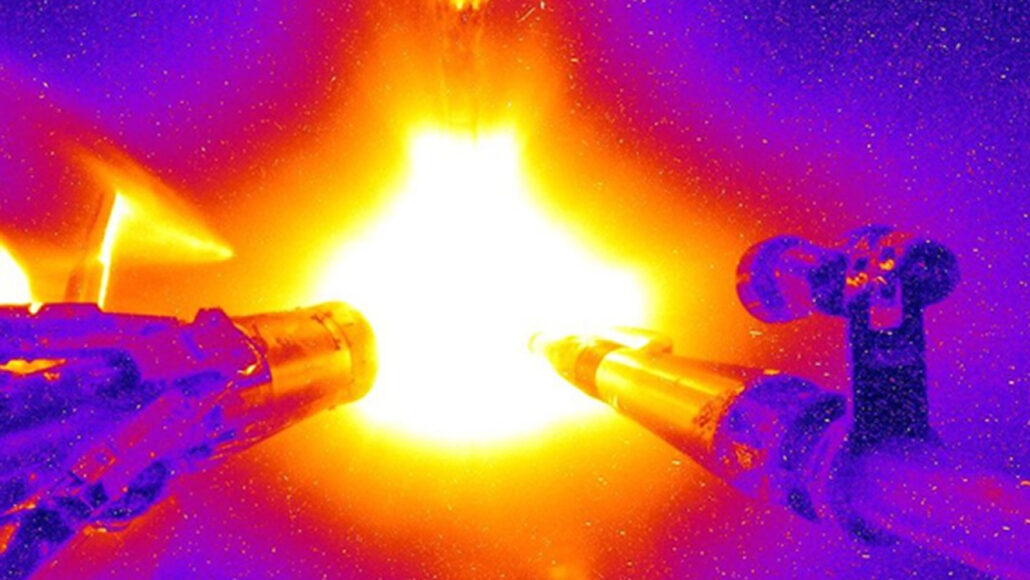Nuclear fusion, on the other hand, has seemed to remain metaphorically, but not actually, just around the corner.
That's contra the breathlessness some have expressed over a supposed surplus energy from a brief fusion burst at the National Ignition Facility, per Science News:
At 1:03 a.m. PST on December 5, researchers with the National Ignition Facility in Livermore, Calif., ignited controlled nuclear fusion that, for the first time, resulted in the net production of energy. A 3-million-joule burst emerged from a peppercorn-sized capsule of fuel when it was hit with a 2-million-joule laser pulse.
Sounds promising, no?
Especially with this?
“These recent results [at] NIF are the first time in a laboratory anywhere on Earth [that] we were able to demonstrate more energy coming out of a fusion reaction than was put in,” NIF physicist Tammy Ma said at the news conference. She predicted that pilot projects for power plants based on the fusion approach will be built in the “coming decades.”
But Tevye knows this one IS just one small, very small, step for mankind. Because it didn't actually result in the net production of energy, when one, to riff on creationists and evolution, looks at the full closed system involved:
But this latest fusion burst still didn’t produce enough energy to run the laser power supplies and other systems of the NIF experiment. It took about 300 million joules of energy from the electrical grid to get a hundredth of the energy back in fusion. “The net energy gain is with respect to the energy in the light that was shined on the target, not with respect to the energy that went into making that light,” says University of Rochester physicist Riccardo Betti, who was also not involved with the research. “Now it’s up to the scientists and engineers to see if we can turn these physics principles into useful energy.”
That's where we're at.
And, in terms of net power production at the fusion itself, it's not THAT far ahead of 16 months ago.
Per Tommy Ma, focus on that "decades away." If not "fifty years in the future," it's almost surely no closer than 40 years. In other words, really nothing massively new here and in other words, not in my lifetime.
Plus, as Counterpunch reminds us, a lot of the PR two weeks ago was exactly that: fusion-industrial complex government-industry PR. And, also per Counterpunch, future tritium shortages and materials costs will impose bottlenecks.

No comments:
Post a Comment
Your comments are appreciated, as is at least a modicum of politeness.
Comments are moderated, so yours may not appear immediately.
Due to various forms of spamming, comments with professional websites, not your personal website or blog, may be rejected.